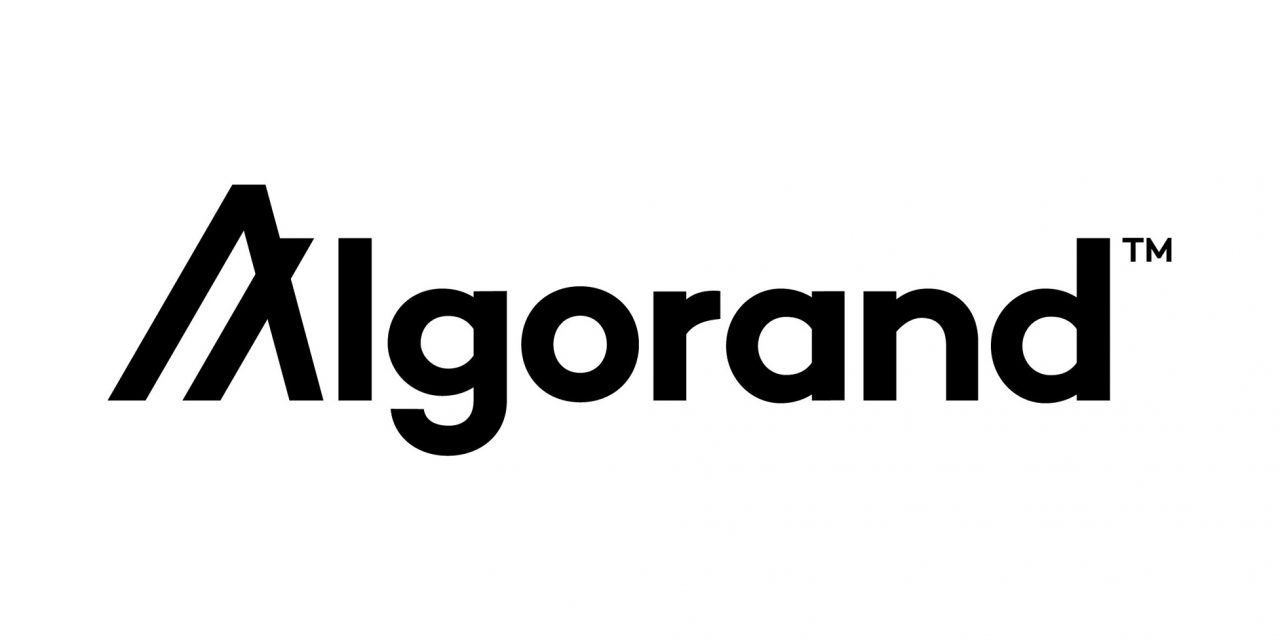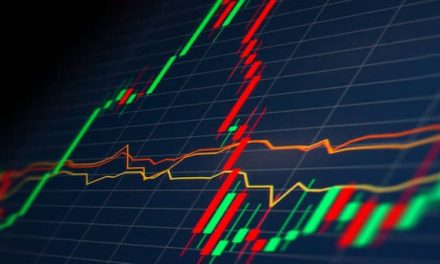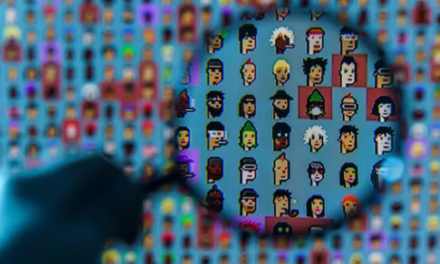MELBOURNE, Australia – Data History Museum, a MakerX venture, has sold out its Genesis Collection, including the world’s first verifiably authentic digital historical artifact, which marks a 4.67 magnitude earthquake in Hawaii and was sold at auction for 1050 Algos, with 50% of the proceeds donated towards scientific research and 50% towards disaster relief.
Data History Museum was created to produce NFT artifacts for all major historical events as they happen. For example, the initial implementation creates an NFT for every major earthquake that occurs worldwide. Through automation that leverages data from the U.S. Geological Survey’s open API, the NFT minting for each earthquake is automatic and instantaneous, and also includes important metadata tied to the event such as magnitude, depth, longitude and latitude of the site, and more.
Before now, historical artifacts have been physical objects that contain data which can be extracted to authenticate their originality and their historical significance; data that cannot be artificially reproduced. This quality of verifiable uniqueness – or non-fungibility – is part of what qualifies something as an authentic historical artifact.
Think, for example, of the Rosetta Stone. This artifact is comprised of explicit and implicit data (carvings, carbon-dating, and more) that enable researchers to unquestionably establish its authenticity, and which make it irreproducible. These types of artifacts are essential for scientists and historians seeking to understand our past and inform our future.
As humanity has expanded beyond the physical world and into a digital one, Data History Museum recognizes how imperative it is that there be a digital system for tracking historical artifacts that meets the same standards of verifiable authenticity as has been established for physical items. The digital archives currently employed by museums and institutions are not adequate, as they can be corrupted, manipulated, or erased entirely.
NFTs, or non-fungible tokens, present a technological solution to this challenge. As specialized data structures, NFTs are able to facilitate the production of verifiably unique digital objects, complete with tamper-proof protection and long-term redundancy. Data History Museum’s detailed whitepaper further outlines how NFTs qualify as legitimate historical artifacts.
Data History Museum believes that blockchain will become the foundation for humanity’s most reliable and accessible historical record, and that a concerted effort to produce NFT artifacts for all major historical events will enable scientists to confidently study the events of the 21st century and beyond.
To power the project, Data History Museum is leveraging the Algorand blockchain–a carbon negative, scalable, and developer-friendly Layer-1 protocol that has the low transaction fees needed to allow for the ongoing minting of thousands of artifacts.
Matt Davies, CEO of MakerX and co-founder of Data History Museum, commented: “We are huge lovers and supporters of science, and we’re really excited about the potential of this technology. We are building the world’s first digital museum curated with all kinds of verifiably authentic historical artifacts for all of humanity to enjoy. Perhaps digital artifacts will someday have as much impact on our understanding of humanity as The Rosetta Stone.”
Following earthquakes, the Data History Museum plans to produce artifacts for all kinds of events, from hurricanes & solar flares, to scientific breakthroughs & election results.
But the vision for the Data History Museum extends beyond just artifacts. The museum plans to share proceeds from the sale of artifacts with scientists and researchers that provide data-feeds. This gives scientists an entirely new source of funding, reducing their dependency on grants and the need to prioritize research that serves the interests of financial backers.
Source: Algorand





